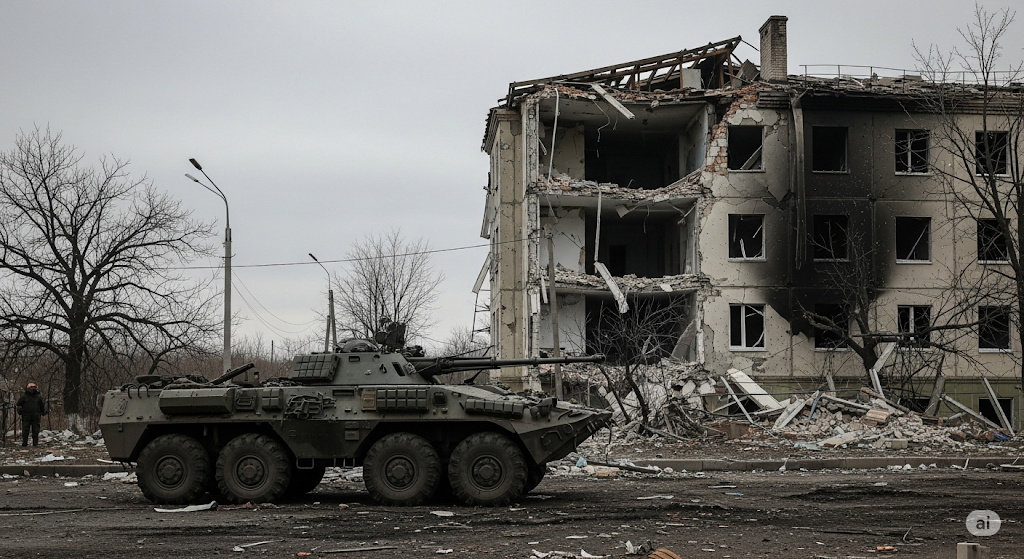Russia claims a new offensive in Ukraine’s Dnipropetrovsk region. We break down what this could mean for the conflict and the international community.
Reports are emerging that Russia is claiming to have launched a new offensive in Ukraine, specifically targeting the Dnipropetrovsk region. This development adds another layer of complexity to an already tense and protracted conflict. For those of us here in the U.S., understanding the nuances of these claims and their potential implications is crucial. Let’s delve into what this could mean.
Understanding the Dnipropetrovsk Region’s Significance
Dnipropetrovsk is a vital region in eastern Ukraine. It’s not just geographically important, serving as a potential gateway to other key areas, but it also holds significant industrial and agricultural value. Think of it like a state with major manufacturing hubs and crucial farmlands all rolled into one. Any major offensive here could have serious consequences for Ukraine’s economy and its ability to sustain the war effort.
What Russia’s Claims Might Entail
When we hear reports of an offensive, several questions immediately come to mind. Is this a full-scale push with significant troop deployments and heavy weaponry? Or is it a series of smaller, localized attacks aimed at probing Ukrainian defenses and potentially diverting resources from other front lines? It’s important to be cautious about taking claims at face value and to look for independent verification. However, even a limited offensive in this area could signal a shift in Russia’s strategic objectives.
Potential Implications for the Conflict
If Russia’s claims are accurate and this offensive gains momentum, we could see several ripple effects:
- Increased Fighting: Obviously, a new offensive means more intense battles, potentially leading to higher casualties on both sides and further displacement of civilians.
- Strain on Ukrainian Resources: Ukraine is already stretched thin defending multiple fronts. A new major push would require them to allocate even more troops and equipment, potentially impacting their ability to conduct counteroffensives elsewhere.
- Humanitarian Concerns: More fighting inevitably leads to greater humanitarian needs, including food, shelter, and medical aid for those caught in the crossfire. This is something the international community, including the U.S., needs to be prepared to address.
- Geopolitical Ramifications: Any significant shift in the battlefield situation could have broader geopolitical implications, potentially influencing the level and type of support provided by Western nations.
How This Impacts the United States
While the conflict is geographically distant, it has clear implications for the United States. We’ve seen the impact on global energy markets, supply chains, and the broader international order. A renewed offensive could exacerbate these issues. Furthermore, the U.S. has been a key provider of aid and support to Ukraine. An escalation of the conflict could lead to increased pressure to provide even more assistance, raising important questions for policymakers and taxpayers.
It’s crucial to stay informed about these developments and to understand the potential consequences. The situation in Ukraine remains fluid, and these latest claims from Russia underscore the ongoing volatility of the conflict. We will continue to monitor the situation and its implications closely.











